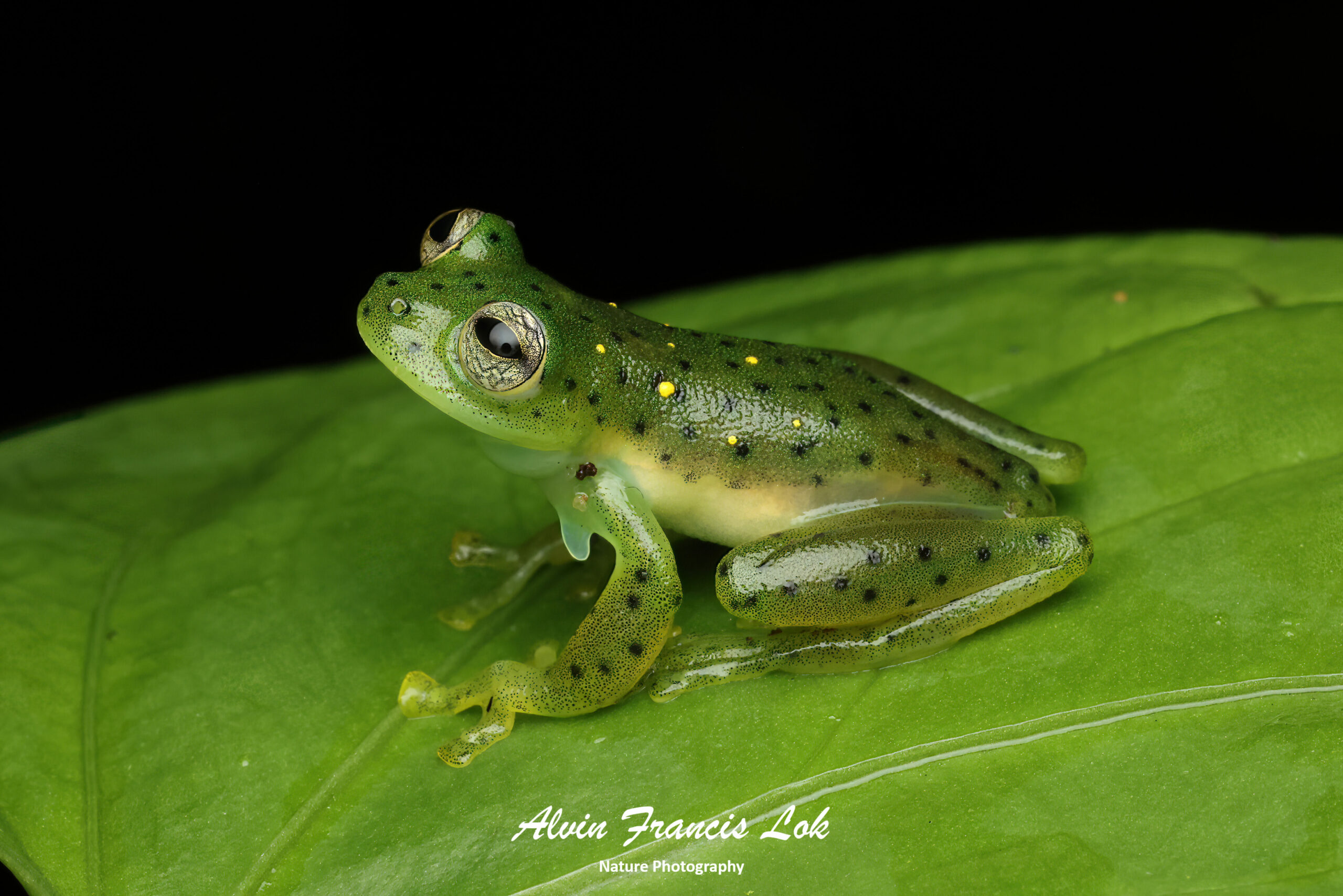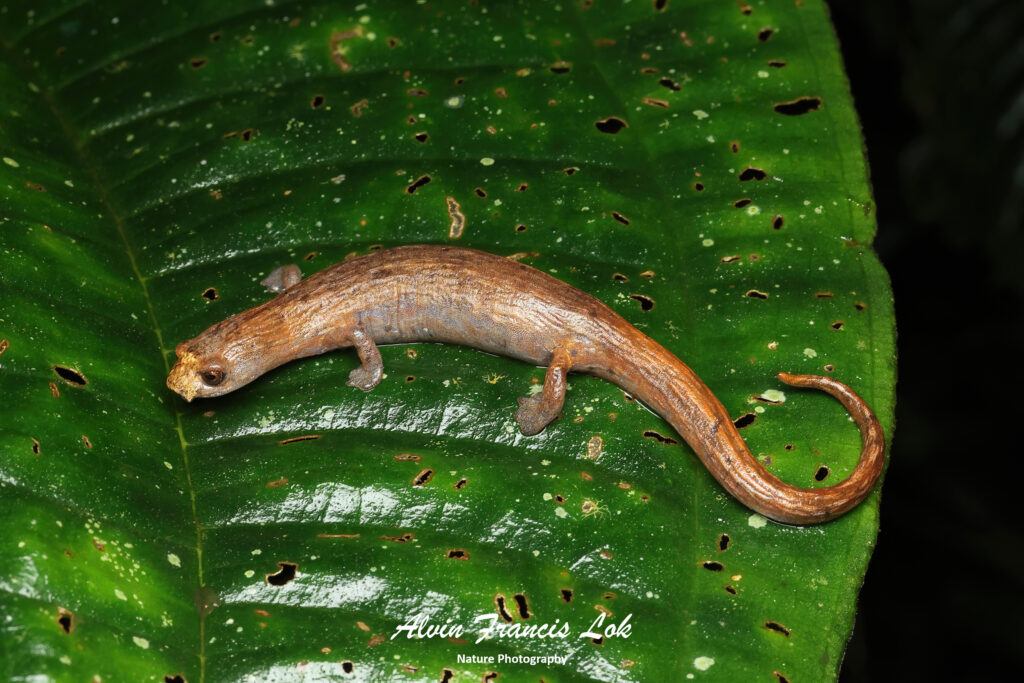Amphibians are four-limbed and ectothermic vertebrates of the class Amphibia. They inhabit a wide variety of habitats, and can be terrestrial, fossorial, arboreal or aquatic (freshwater). Amphibians start out life as larvae living in freshwater, but some species have developed behavioural adaptations to bypass this.
The young undergo metamorphosis from larva with gills to an adult air-breathing form with lungs. Amphibians use their skin as a secondary respiratory surface. Some terrestrial salamanders and frogs lack lungs entirely and rely solely on their skin for gaseous exchange. Because of their complex reproductive needs and permeable skins, amphibians are good ecological indicators. The recent dramatic decline in amphibian populations around the global in the past few decades are a worrying indicator for environmental health globally.
There are approximately 8,500 species of amphibia, with about 90% being frogs. The world’s smallest amphibian is a frog from New Guinea (Paedophryne amauensis) with a length of just 7.7 mm, while the largest living is the 1.8 m long South China giant salamander (Andrias sligoi).

